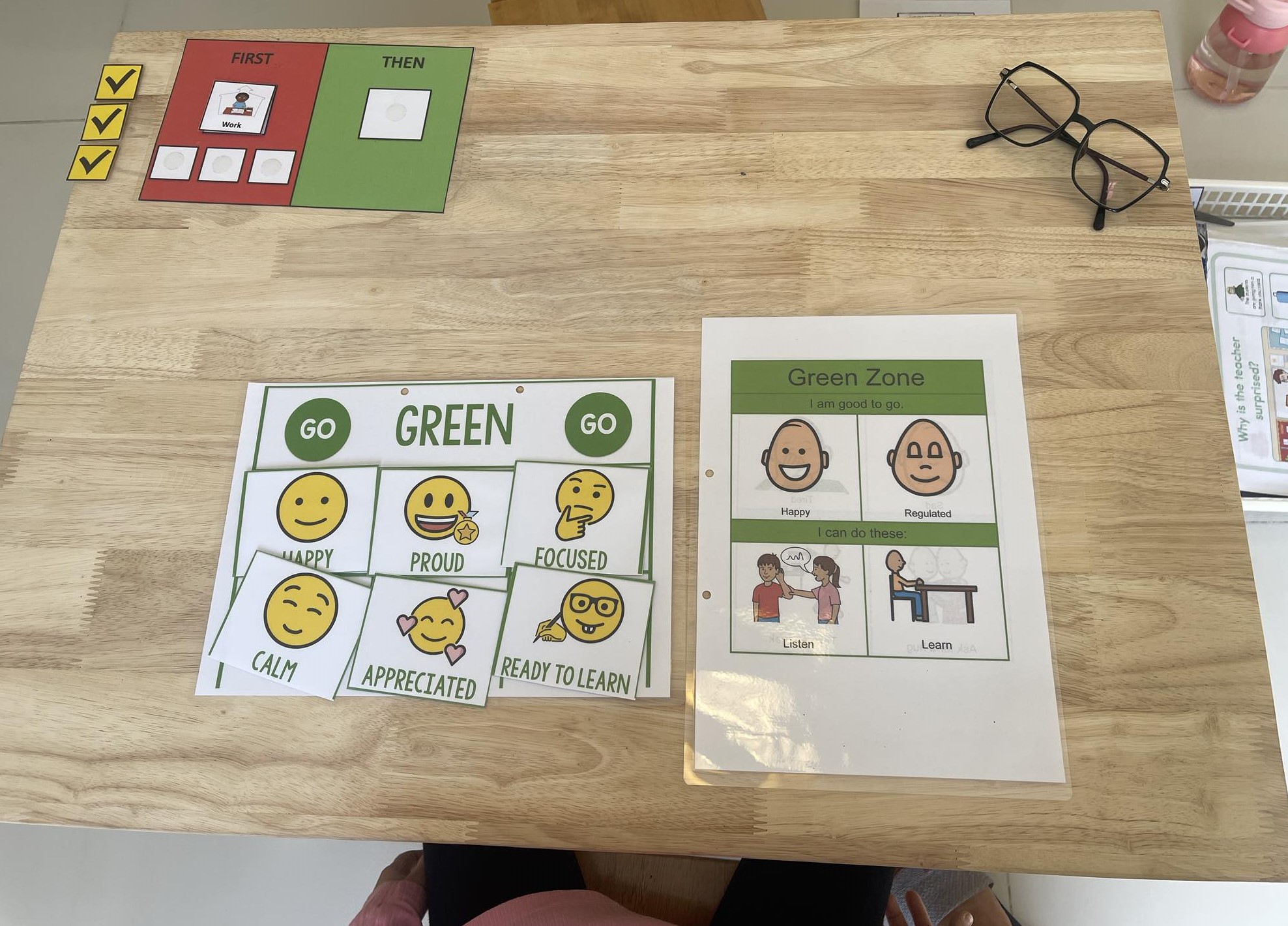Emotional regulation is a crucial skill for all children to develop. It helps them manage their emotions in a healthy way, which can lead to better social interactions, academic performance, and overall well-being.
The Zones of Regulation is a framework that can help children identify their emotions and develop strategies for regulating them. It is a simple and effective tool that can be used in both the classroom and at home.
What are the Zones of Regulation?
The Zones of Regulation are divided into four different zones:
- Blue Zone: This is the calm and relaxed zone. Children in this zone are feeling happy, peaceful, and focused.
- Green Zone: This is the ready to learn zone. Children in this zone are feeling happy, engaged, and cooperative.
- Yellow Zone: This is the caution zone. Children in this zone are feeling frustrated, anxious, or impatient.
- Red Zone: This is the danger zone. Children in this zone are feeling angry, upset, or out of control.
How can the Zones of Regulation be used in the classroom?
There are many ways to use the Zones of Regulation in the classroom. Here are a few ideas:
- Teach children about the different zones. Use charts, posters, and activities to help children learn about the zones.
- Help children identify their emotions. Encourage children to use language to describe their emotions.
- Develop strategies for regulating emotions. Teach children different strategies for regulating their emotions, such as taking deep breaths, taking a break, or talking to a trusted adult.
- Create a regulation corner. Set up a designated area in the classroom where children can go to regulate their emotions. Stock this corner with calming tools, such as stress balls, fidget tools, and books about emotions.

Benefits of using the Zones of Regulation in the classroom
There are many benefits to using the Zones of Regulation in the classroom. These benefits include:
- Improved emotional regulation skills. Children who learn about the Zones of Regulation are better able to identify and manage their emotions.
- Reduced disruptive behavior. Children who are able to regulate their emotions are less likely to act out in disruptive ways.
- Increased engagement in learning. Children who are feeling calm and focused are more likely to be engaged in learning.
- Improved social interactions. Children who are able to manage their emotions are more likely to have positive social interactions with their peers.
Additional Tips
- Be consistent. Use the Zones of Regulation language consistently throughout the day.
- Be patient. It takes time for children to learn how to regulate their emotions.
- Be positive. Encourage children and celebrate their successes.
The Zones of Regulation is a valuable tool that can help children develop the emotional regulation skills they need to succeed in school and in life. By using this framework in the classroom, teachers can help create a more positive and productive learning environment for all students.





Leave A Comment